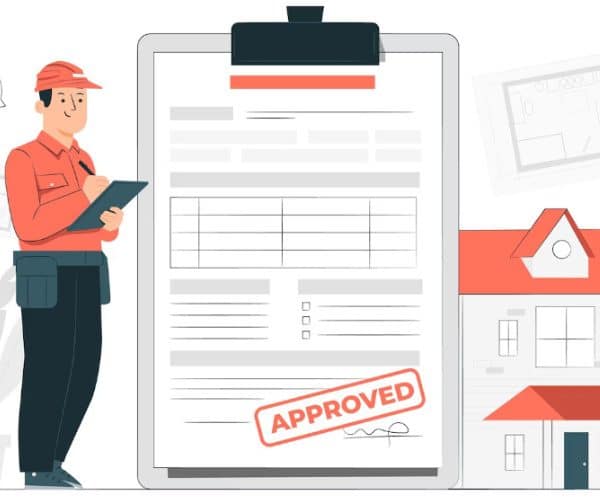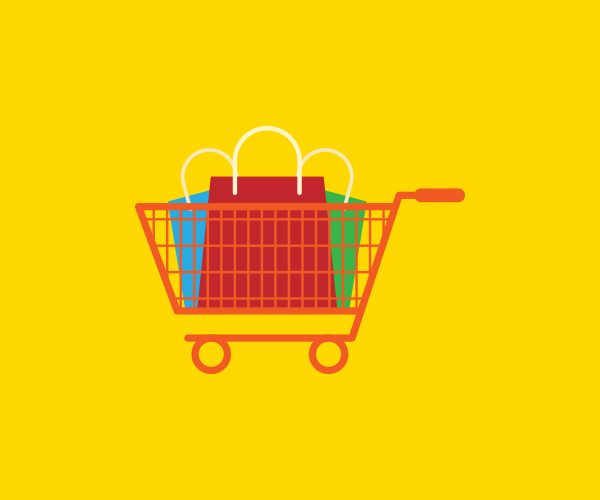Inventory procurement cost is a set of all the costs that a company incurs in acquiring inventory. Procurement cost can serve as an effective KPI to measure the cost-effectiveness of the business.
Before learning about the different types of inventory procurement costs, it is essential to differentiate between procurement and purchase.
Difference Between Procurement and Purchasing
The following are the differences between procurement and purchase:
- Procurement is an umbrella term that includes all the processes involved in strategically acquiring goods and services. On the other hand, purchasing is a transaction done to acquire goods and services.
- Procurement involves processes like company requirements, identifying suppliers, contract negotiations, and managing relationships. Purchasing involves processes like placing orders.
- The scope of procurement is broad, while the scope of purchasing is narrow.
- Procurement has a long-term impact on the company, while purchasing has an immediate impact on a business.
There are several types of procurement costs, each incurred by businesses at different stages of the supply chain.
Types of Inventory Procurement Cost

Below are mentioned the major types of procurement costs:
Base/Direct Cost
Base or direct costs are the price per unit of the products or services being procured. This can help businesses identify profit or loss in the procurement.
Usually, companies try to leverage economies of scale so that the price per unit can be decreased. Another way of decreasing the price per unit is to carry out strategic negotiations during the contract phase.
Administrative/Indirect Cost
Indirect procurement cost is also called administrative cost because it is incurred by businesses to run the procurement department. This may include the salaries of procurement employees, processing fees, office supplies for the procurement department, and other transactional expenses.
Businesses may find it difficult to eliminate these costs as these are often fixed. One way to reduce these costs is to integrate procurement software so that automation can save money on salaries and other administrative tasks.
Purchase Cost
This is the cost of goods or services from an external source. All the costs incurred by a company when purchasing the inventory are included in this.
Not only this, purchase cost also includes the labor that was used in the procurement process. For example, data entry is a part of the procurement process. This includes entering data into the system to keep the records straight.
Purchase cost also includes the cost incurred during the communication with other departments of the company.
Transportation Cost
This is the cost of logistics involved in transporting goods from one location to the other. Transportation cost can also be a part of purchase costs depending on the contract between the two parties.
If not managed properly, this can become a large chunk of the procurement cost. Reducing transportation costs includes managing shipping routes, using efficient carriers, grouping supplies so that fuel cost can be divided, ordering in bulk, ordering from local vendors to reduce the international shipping cost, etc.
Contract Fee
Contract fees are usually involved in long-term or complex contracts. This is because such contracts require reviews from the legal teams, which can be costly.
Such steps are essential to create a secure contract that can extract maximum benefits for the business. Contract fees may be incurred during the negotiation phase or throughout the contract lifetime.
Taxes
Taxes are costs that a business has to pay to the relevant governing body. While taxes are part and parcel of businesses, there are several ways to limit their impact on the cash flow.
Depending on the state/region, the government offers tax exemption schemes and special programs for businesses. Companies can carefully source inventory that takes full benefit of such schemes and programs.
Customs Cost
Customs fees and tariffs can become a major chunk of inventory procurement costs for businesses when purchasing from foreign vendors.
Businesses can take several steps to reduce the landed cost. For example, try looking for local vendors that can supply inventory that is currently being purchased from foreign vendors.
Inventory procurement costs can be managed by implementing different strategies.
Also, read about E-commerce Inventory Management
Strategies to Reduce the Procurement Cost

Here are some techniques that can significantly reduce the inventory procurement cost:
Invest in a Procurement Software
Procurement software is an effective tool that can save time and resources. Manual workflow and paper documents can not only add disruptions in the procurement process but also increase the cost as well.
An inventory procurement software is an investment that has high returns once the company is set on it. It can automate purchase requisition, reduce direct and indirect costs, and gain access to suppliers with better working relationships.
Streamline Procurement Process
The purchase-to-pay process should be streamlined as a haphazard one can invite mistakes and errors. This can lead to unnecessary financial losses that can be prevented just by better management of the procurement process.
A formal procurement process should be created internally in the company where the division of labor and authority is clear. This can reduce any chance of unanticipated spending on business expenses.
Centralize the Purchasing Process
Centralizing the purchasing process is necessary to take maximum benefit from the order volumes. The economies of scale are an excellent way to reduce procurement costs.
Repeated small orders can not only increase the cost per unit but also may result in overstocking. However, in many cases, ordering in bulk can reduce the cost per unit and streamline the procurement process as well.
Implement Cost Savings and Cost Avoidance
Cost saving and cost avoidance are two strategies that should be implemented together for favorable results. For instance, ensuring the lowest price per unit may not necessarily ensure the lowest total cost.
This is why it is crucial to implement cost-avoidance strategies as well. Businesses should invest in replacement programs, sign long-term contracts, extended warranties, etc. to reduce the overall procurement cost.
Improve Supplier Relationships
Businesses should actively pursue supplier relationships that are mutually beneficial. The contract stage isn’t the only opportunity for this. Proactive collaborations at any stage can get businesses better value and savings.
For example, switching to procurement software can save resources used on paper documents and even make the payment process fast and secure, benefiting both parties.
Conclusion
Understanding the different types of inventory procurement costs can make it easier for businesses to manage them. It is also essential for businesses to understand which strategy is suitable to reduce procurement costs.



